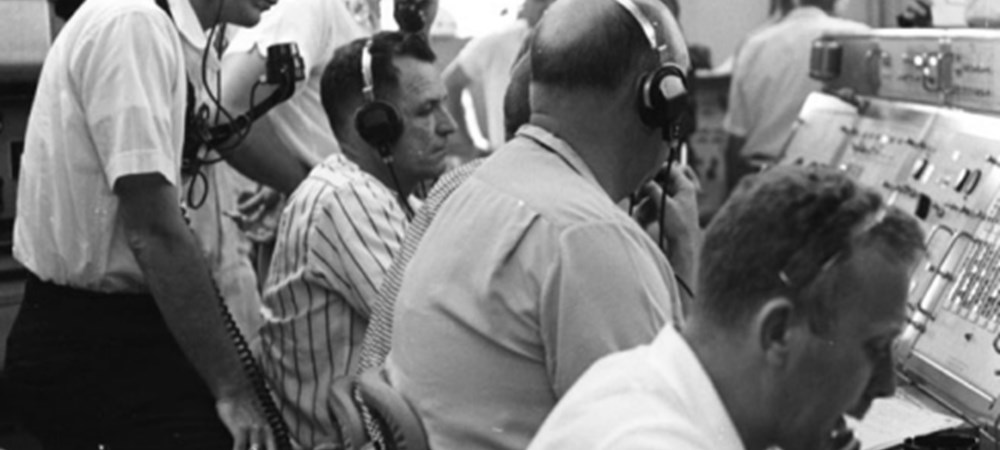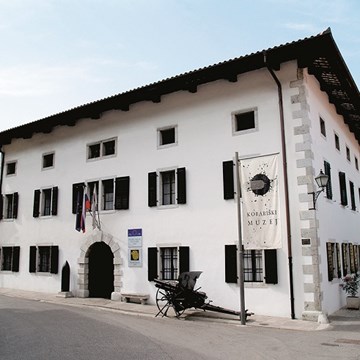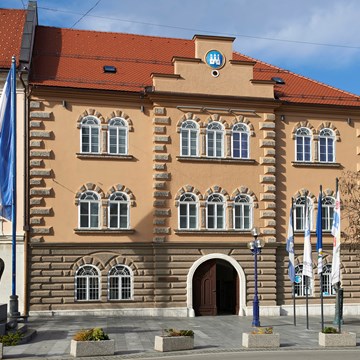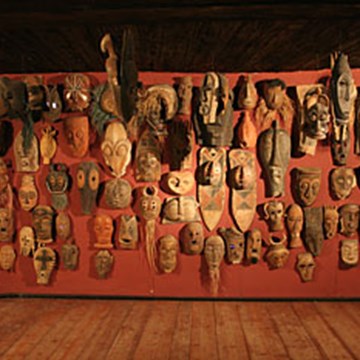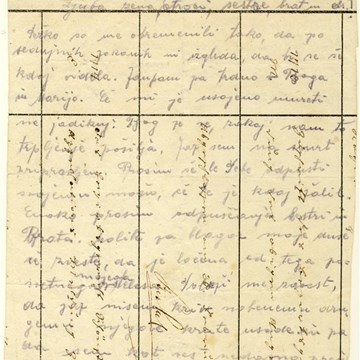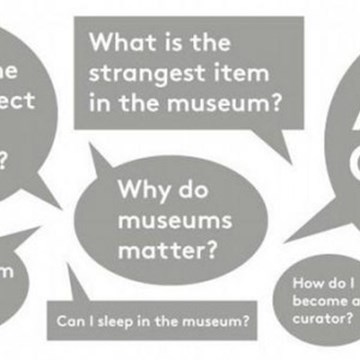Fifty Years of Human Spaceflight
The Soviet Union and the United States transfixed the world by launching the first human beings into space in 1961. Engineers and rocketry enthusiasts had planned such missions for decades, but Cold War competition made them a reality. The flights took place during a dangerous time: 1961-62, the years of the Bay of Pigs invasion, the construction of the Berlin Wall, and the Cuban Missile Crisis. President Dwight Eisenhower designated Project Mercury a civilian program with a robust public relations component. In contrast, the Soviets shrouded plans for their project in secrecy and only publicized their missions after they were successful.
Text source
Image source
Exhibitions and events

America by Air
Permanent exhibitionFlying was new and daring in the early years of the 20th century. Traveling by airplane was rare. Airlines, airliners, airports, air routes—none of these existed. But by century's end, you...

The Wright Brothers & The Invention of the Aerial Age
Permanent exhibitionRemoved temporarily from its place of honor in Milestones of Flight, the 1903 Wright Flyer, the world's first successful airplane, serves as the centerpiece of this exhibition, which celebrates the...
Activities from this museum
We don't have anything to show you here.

